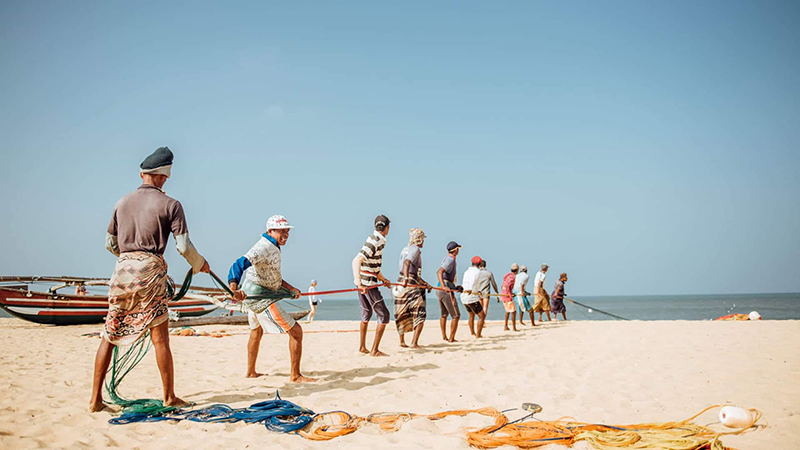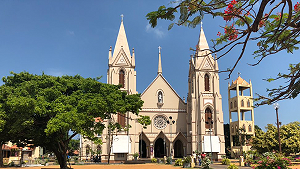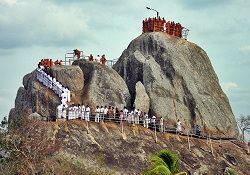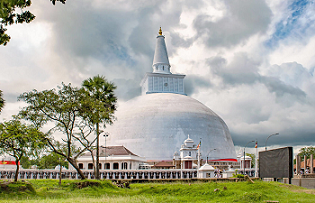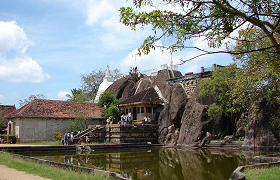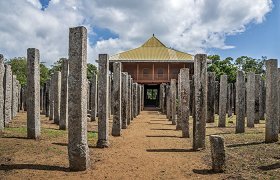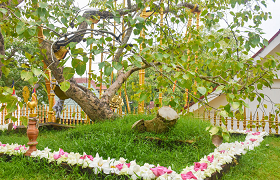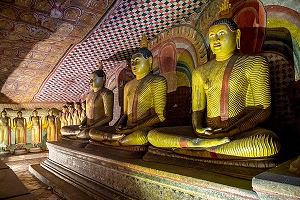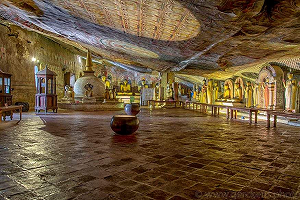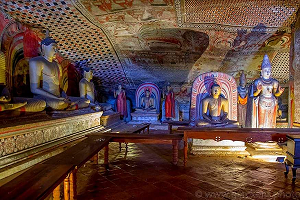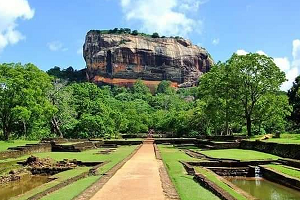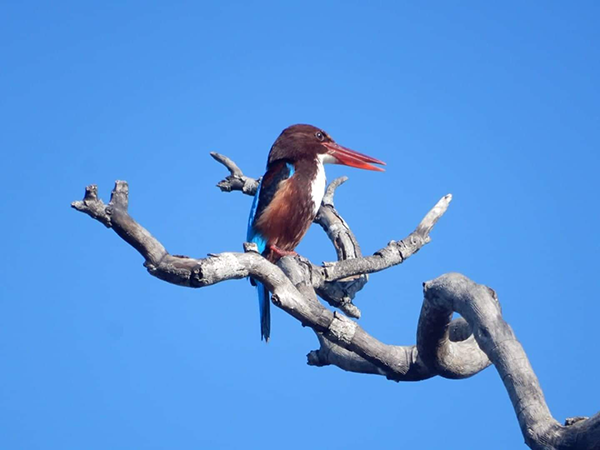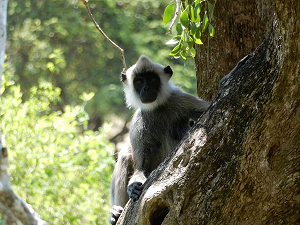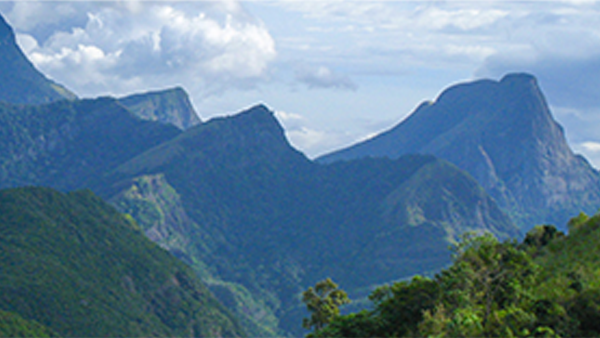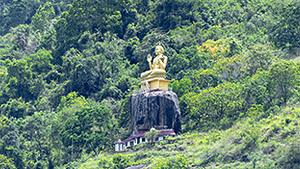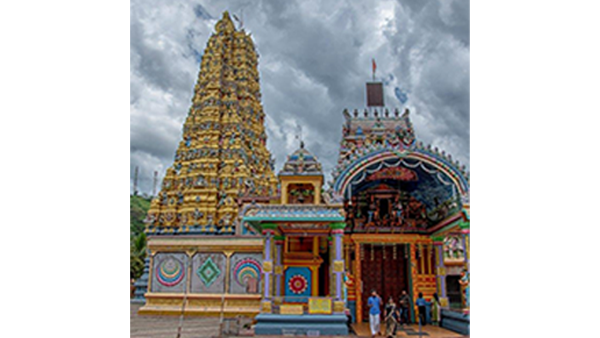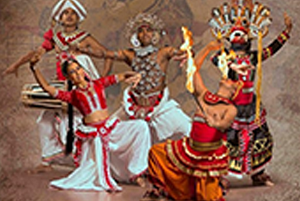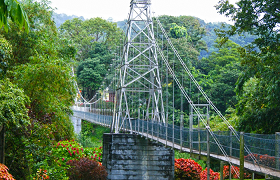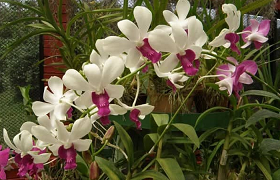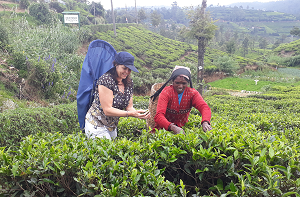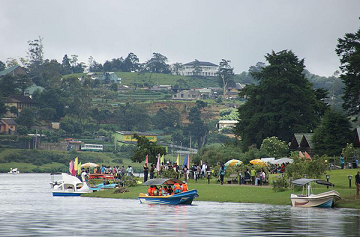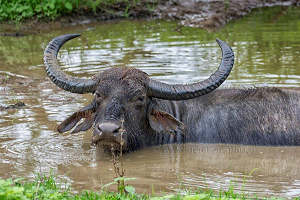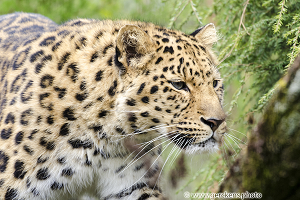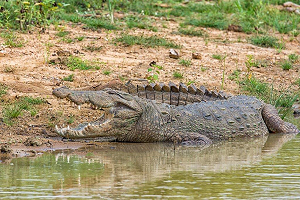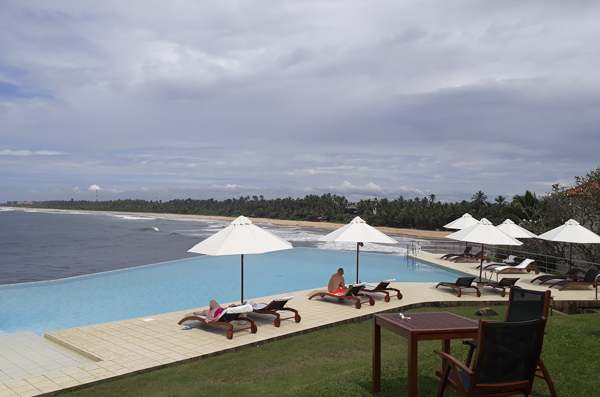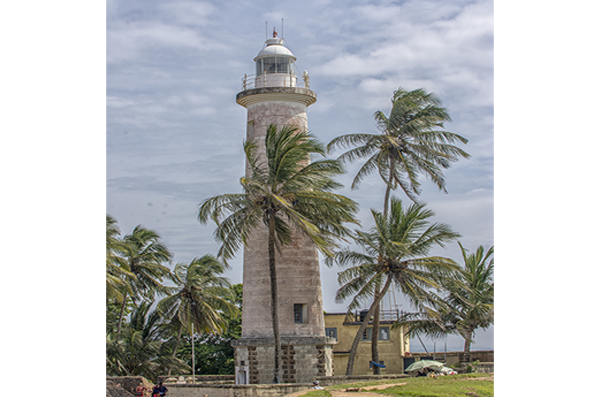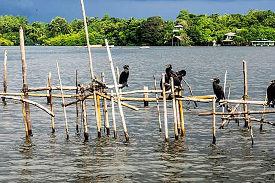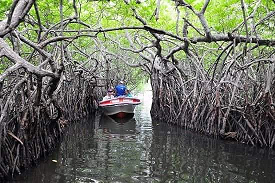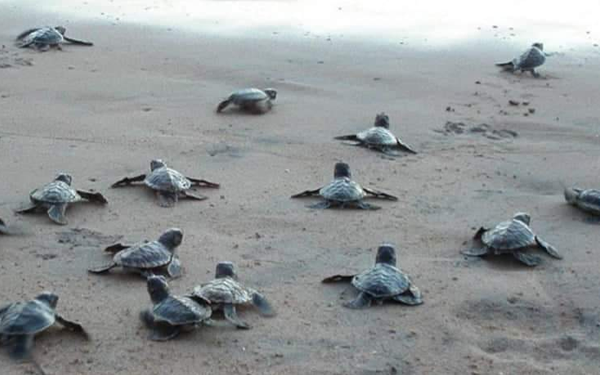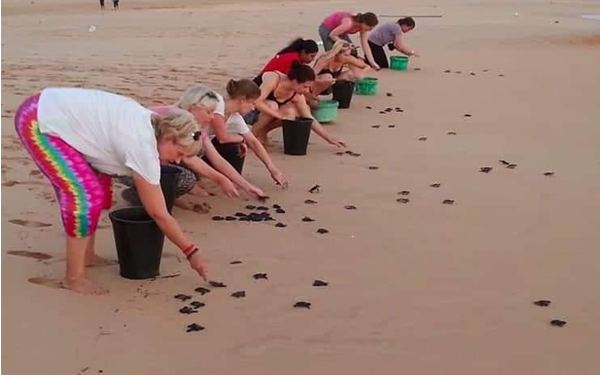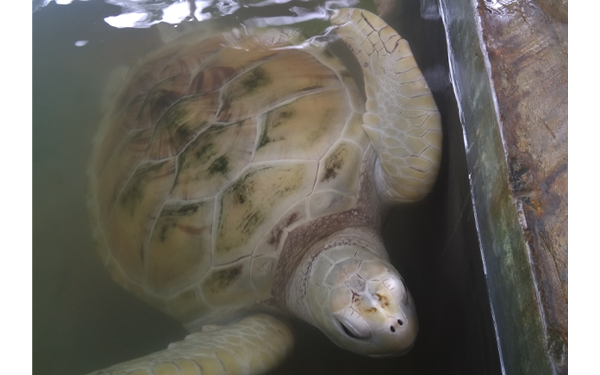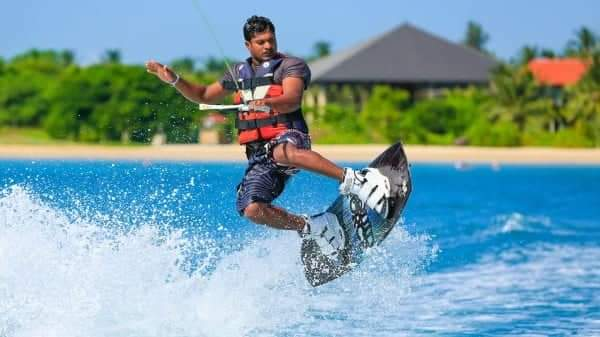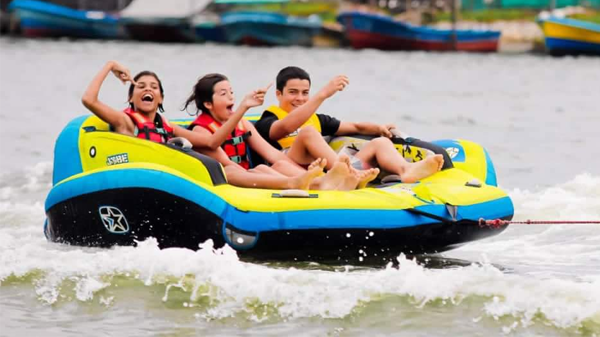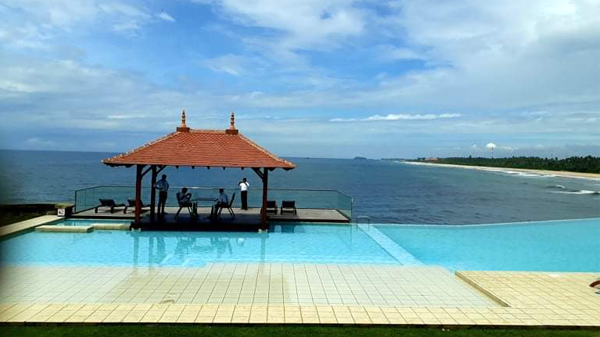Tea production is one of the main sources of foreign exchange for Sri Lanka. Sri Lanka is the world's fourth-largest producer of tea.The humidity, cool temperatures, and rainfall of the country's central highlands provide a climate that favors the production of high-quality tea. The industry was introduced to the country in 1867 by James Taylor, a British planter who arrived in 1852.Just step into a tea factory processing the prestigious brand of Ceylon Tea, to observe a rich tradition kept alive up to date. As you Observe the hissing and swishing of machines, inhaling the heavenly scent arising from these facilities, make sure to end your day in style over a perfectly blended cup of pure Ceylon Tea.
Nuwara Eliya is a city in the hill country of the Central Province, Sri Lanka. Its name means "city on the plain " or "city of light". The city is the administrative capital of Nuwara Eliya District, with a picturesque landscape and temperate climate. The elevation is 1868m(6128ft) above from the sea level. Then for it has a subtropical climate, The city attracts many tourists around the world. And as well as Srilankans, even during the colonial period of the british 19th 20th centuries. This was the plase were the British officers came for the recreational works. Such as play golf, cricket, hunting and many more. There for even today we can see witness many colonial buildings in the surrounding and the Nuwara Eliya referred as little England.
Yala National Park is the most visited and second largest national park in Sri Lanka, bordering the Indian Ocean. The park consists of five blocks, two of which are now open to the public, and also adjoining parks. The blocks have individual names such as, Ruhuna National Park , and Kumana National Park or 'Yala East' for the adjoining area.The park covers 979 square kilometres. The park is best known for its variety of wild animals. It is important for the conservation of Sri Lankan elephants, Sri Lankan leopards and aquatic birds.
Galle is a major city in Sri Lanka, situated on the southwestern tip, 119 km from Colombo. Before the arrival of the Portuguese in the 16th century, when it was the main port on the island. Galle is the best example of a fortified city built by the Portuguese in South and Southeast Asia, showing the interaction between Portuguese architectural styles and native traditions.The Galle fort is a world heritage site in Asia.
Balapitiya is a coastal town, in south west Sri Lanka. The most important asset of the fragile eco-system of Madu River is its mangrove forests. These mangrove forests are providing protection for a large number of aquatic bird, animal and plant species. The eco-system in Madu River is the home for different kinds of aquatic plants, crabs, shrimps, fish, insects, amphibians and other animal life including crocodiles. Madu River is inhabited by a large number of animals and its bio-diversity is at very high level. This ecological complex is a Ramsar wetland and it is the second largest wetland on the island. 28 islands (some of them are inhabited by humans) are included in the Madu River estuary. The extent of the Madu River wetland is 915 hectares and harbours multi-varied Bio-diversity Eco-systems. There is no road network connecting the island and mainland and the boat is the main source of transport for the people living on the islands. The Kotduwa Buddhist temple occupies an island and it is the main religious institution for the people, who live on Madu River. Kothduwa temple is an important tourist attraction and visited by many tourists, who undertake the Madu River safari. Madu River is one of the best places to witness the different types of mangroves in the country.
The Turtle Care Centre at Kosgoda beach is one of 18 turtle hatcheries along the southern coast of Sri Lanka. The centre is located in the South Western coastal village of Kosgoda and was establised in 1981. It is also very popular as all five species of turtles that visit Sri Lanka nest in Kosgoda. This is not so with many of the other hatcheries around the island whose beaches host only some of the species.
Bentota is a coastal town in Sri Lanka, located in the Galle District of the Southern Province, governed by an Urban Council. It is approximately 65 kilometres (40 mi) south of Colombo and 56 kilometres (35 mi) north of Galle. Bentota is situated on the southern bank of the Bentota River mouth, at an elevation of 3 metres (9.8 ft) above the sea level. The name of the town is derived from a mythical story which claims a demon named 'Bem' ruled the tota or river bank.
Transfer Form Colombo To Ariport For Departure


